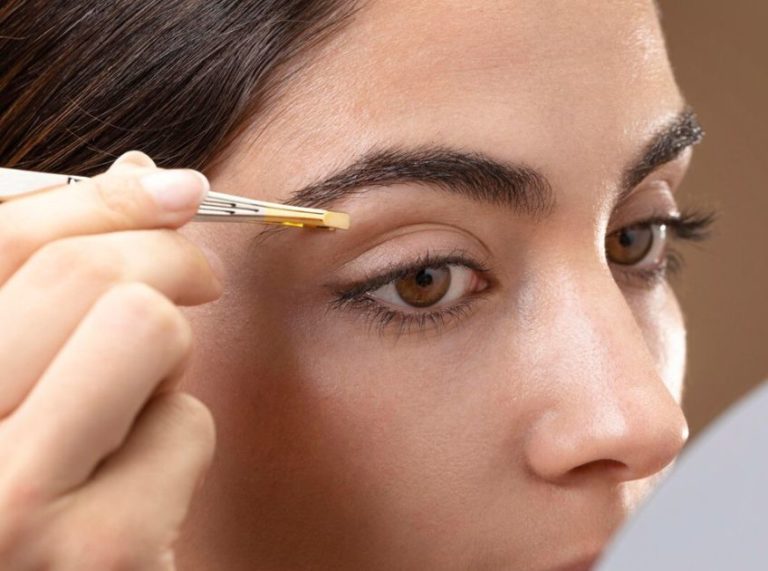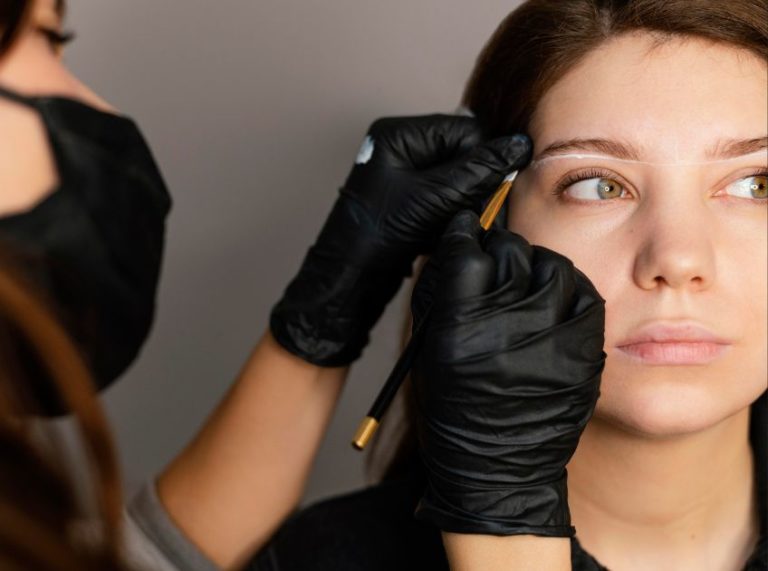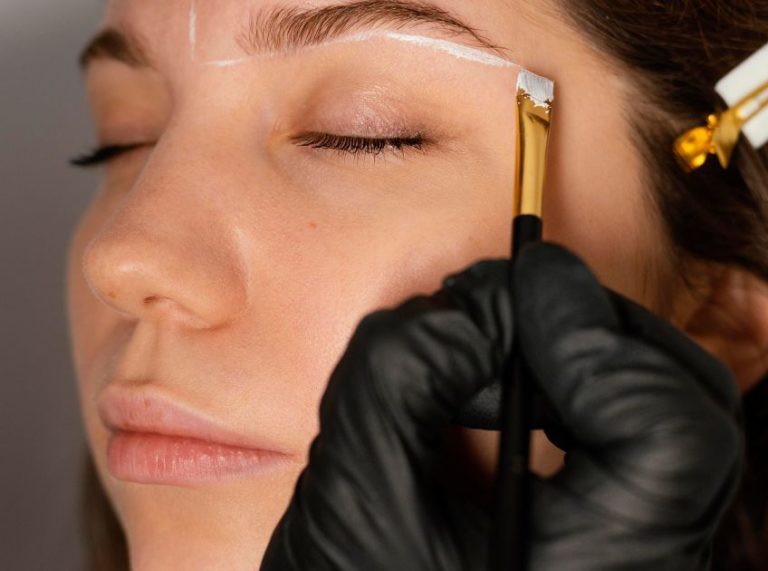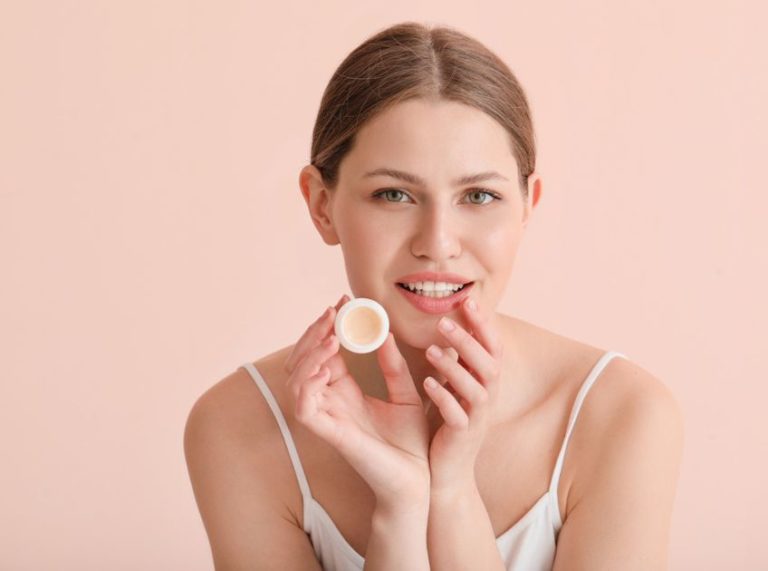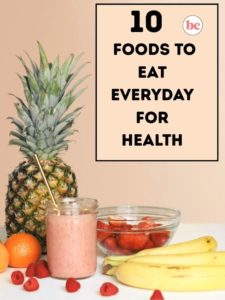
Important: This article is for informational purposes only. Please read our full disclaimer for more details.
Tired of looking tired, even after a full night’s sleep? Dark circles can be frustrating and difficult to hide with makeup alone. Instead of covering them up, why not treat the root cause with natural, skin-loving ingredients? A DIY under-eye cream may be your new favorite skincare ritual.
Crafting your eye cream gives you control over what touches your skin. With gentle, effective ingredients, you can target puffiness, pigmentation, and dryness from the comfort of your own home. This guide shows you exactly how.
Why Choose a DIY Eye Cream for Dark Circles?
- Reduces puffiness and discoloration around the eyes
- Nourishes delicate under-eye skin with natural emollients
- Helps soften fine lines and improve skin texture
- Free from preservatives and synthetic fragrances
The Science Behind the Ingredients
Natural oils and botanicals aren’t just trendy—they’re backed by science. For example:
- Almond oil is rich in vitamin E and retinoids (1), both known for lightening dark spots.
- Caffeine from green tea helps constrict blood vessels, reducing swelling and pigmentation (2).
- Aloe vera contains aloesin, a compound shown to reduce melanin formation (3)
Each of these ingredients works in synergy to hydrate, brighten, and rejuvenate tired under-eye areas.
What Makes These Ingredients Effective?
- Sweet Almond Oil: High in vitamin K, improves blood circulation, and fades pigmentation.
- Green Tea Extract or Bags: Contains caffeine and EGCG, reduces oxidative stress and puffiness.
- Aloe Vera Gel: Soothes and hydrates; reduces inflammation and pigmentation.
- Shea Butter: Provides rich moisture and skin barrier support.
- Vitamin E Oil: Antioxidant-rich and great for reducing signs of aging.
These components are gentle yet powerful—ideal for sensitive skin around the eyes.
When to Pause or Stop Use
Discontinue use if you notice:
- Redness, itching, or swelling under the eyes
- Excessive dryness or tightness
- Any stinging sensation after application
Always patch test on your forearm before applying near the eyes.
Customizing the Formula: Adjust As Needed
Feel free to tweak these recipes:
- Want a lighter cream? Use aloe vera gel in place of heavier oils.
- Need richer hydration? Add more shea butter or a few drops of jojoba oil.
- Prefer fragrance-free? Skip essential oils altogether.
Make it your own while keeping it safe and simple.
Best Skin Types for This DIY
- Normal to dry skin: Benefits most from richer blends with oils and butters.
- Sensitive skin: Use minimal ingredients—opt for aloe vera and almond oil.
- Oily skin: Choose gel-based recipes with green tea and vitamin E.
These recipes are adaptable for nearly all skin types with minor modifications.
Is It Safe to Use Around the Eyes?
Yes, when formulated correctly using non-irritating, natural ingredients. Avoid applying too close to the lash line to prevent the product from seeping into the eyes. Always use clean hands or tools when applying to prevent bacterial contamination.
Best 2 DIY Under Eye Creams for Dark Circles
DIY 1: Green Tea & Aloe Under Eye Cream
Green tea’s caffeine helps tighten skin while aloe soothes puffiness and irritation. This lightweight formula is ideal for daytime use.
Ingredients:
- 1 tablespoon aloe vera gel (pure)
- ½ green tea bag (used and cooled)
- 3 drops of vitamin E oil
Directions to Use:
- Steep a green tea bag and allow it to cool completely.
- Open the tea bag and mix ½ tsp of leaves with aloe vera gel.
- Add vitamin E oil and mix until smooth.
- Store in a small glass jar in the refrigerator for up to 7 days.
How to Apply:
- Dab a small amount under the eyes using your ring finger.
- Gently pat in a circular motion—don’t rub.
- Apply morning and night after cleansing.
- Let it absorb before applying makeup or sunscreen.
DIY 2: Almond Oil & Shea Butter Eye Balm
This rich balm targets deep pigmentation and keeps your under-eye area moisturized overnight.
Ingredients:
- 1 teaspoon shea butter
- 1 teaspoon sweet almond oil
- 2 drops of vitamin E oil
Directions to Use:
- Warm shea butter until soft (not melted).
- Mix in almond oil and vitamin E until creamy.
- Pour into a small container and allow it to set.
- Keep it in a cool, dry place for daily use.
How to Apply:
- Use at night before bed.
- Take a pea-sized amount and dab gently under the eyes.
- Avoid direct contact with the eyes.
- Massage in soft, circular motions using fingertips.
Frequently Asked Questions (FAQ’S)
1. How long does it take to see results?
A. You may notice slight improvements in hydration and puffiness within a week. Significant fading of dark circles can take 3–4 weeks of consistent use.
2. Can I use these under makeup?
A. Yes, but opt for the lighter aloe-based cream for daytime. Wait 5–10 minutes before applying makeup to avoid smudging.
3. Can I refrigerate the cream for a longer shelf life?
A. Absolutely. Keeping the product chilled also adds a soothing effect when applied.
Dark circles don’t have to be a permanent part of your look. With the right combination of natural ingredients, you can create a DIY under-eye cream that hydrates, heals, and brightens—all without harsh chemicals. These simple recipes let you care for your delicate eye area in the most skin-friendly way.
Try them consistently, and let your eyes shine again, refreshed, rested, and radiant.





